Disclosure: This article contains affiliate links. We may earn a commission from purchases at no extra cost to you, which helps our travel content.
When you work in fashion retail, your eye naturally tunes to the interplay of textures, colors, and silhouettes. But sometimes, the most captivating designs aren't hanging on racks in Milan or Tokyo—they're sculpted by nature herself. That's exactly what I discovered during my winter escape to Viñales Valley in Cuba. Trading runway shows for limestone mogotes and sample sales for tobacco fields, I spent a week traversing this UNESCO World Heritage site on foot, discovering that the most authentic luxury experiences often come with dirt under your fingernails and panoramic views that no boutique window display could ever rival. Between buying seasons, with my industry contacts wondering why I wasn't in Paris or New York, I found myself instead on a budget adventure through what might be the Caribbean's most underrated hiking destination—and I'm bringing you along for every step, vista, and unexpected discovery.
Getting to Viñales: The Fashion Buyer's Off-Duty Escape
Let me start by saying this isn't your typical buying trip to a fashion capital. After landing in Havana with my hiking daypack (which has accompanied me everywhere from Tokyo department store visits to Milan Fashion Week), I caught a collectivo taxi for the two-hour journey west to Viñales. The contrast couldn't be more striking—from Havana's colorful colonial architecture to suddenly finding yourself surrounded by prehistoric-looking limestone formations jutting dramatically from tobacco fields.
The valley unfolds like a masterfully draped fabric, with textures and layers that would inspire any designer's spring collection. As someone who spends most workdays analyzing the craftsmanship of luxury goods, I found myself applying that same critical eye to nature's handiwork—and let me tell you, those mogotes (the distinctive rounded limestone hills) have a construction quality that would make Brunello Cucinelli jealous.
I stayed at Casa Particular Ridel y Claribel, a charming family-run guesthouse that cost me just $25 per night including breakfast. The room had simple furnishings but immaculate linens and a rooftop terrace with valley views that rivaled penthouse suites I've stayed in during fashion weeks. When you're used to evaluating quality for a living, you appreciate when something modest delivers exceptional value—and this place certainly did.
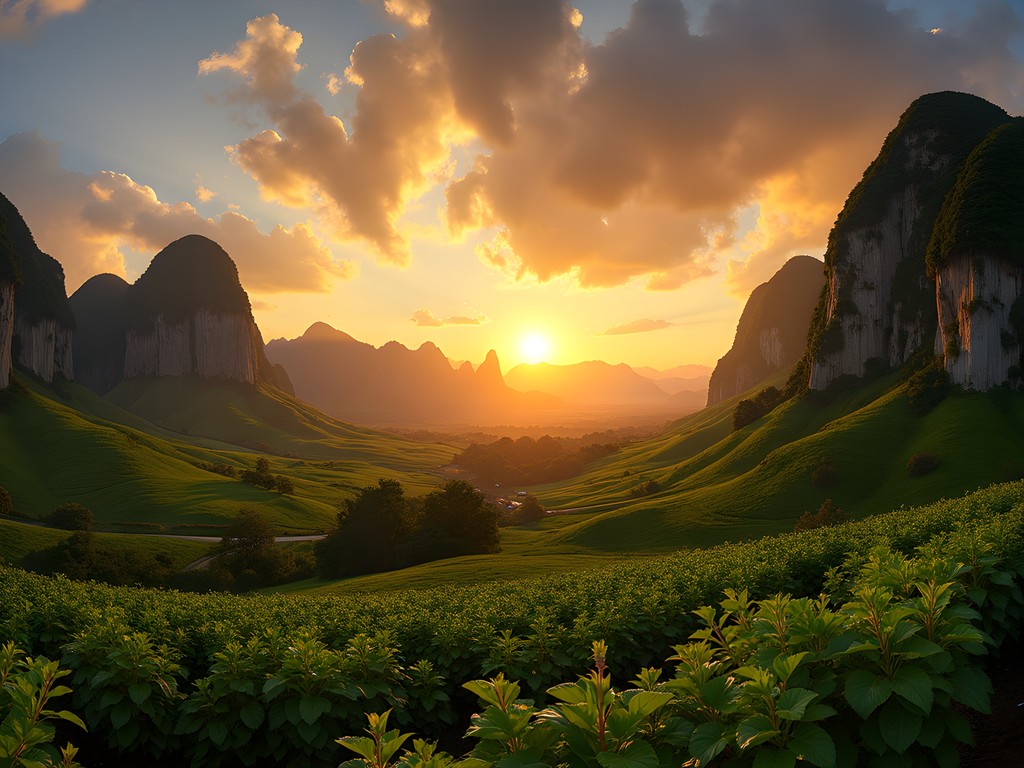
💡 Pro Tips
- Book your casa particular in advance during high season (December-March)
- Arrange transportation from Havana through your casa host for the best rates
- Exchange currency in Havana before heading to Viñales as ATMs are limited
Day Hikes Through Valley of Silence: Nature's Runway
My first full day began with what locals call the Valley of Silence hike—a self-guided route that takes you through tobacco plantations, past rural farmhouses, and into the heart of the mogote landscape. Unlike the meticulously mapped shopping districts I navigate in my day job, the paths here follow an organic logic, winding through the countryside without clear markers. The absence of signage is part of the charm, though it did have me reaching for my offline maps app more than once.
The terrain alternates between easy flat stretches across the valley floor and moderate climbs that reward you with increasingly dramatic perspectives. The rich red soil contrasted against emerald tobacco leaves creates a color blocking effect that would make any visual merchandiser envious. I found myself mentally cataloging the natural palette—terracotta, jade, limestone beige—like I was prepping for next season's buying strategy.
Farmers invited me into their bohíos (traditional drying huts) to see tobacco leaves hanging from wooden rafters, explaining the curing process with the same reverence Italian craftsmen discuss leather treatments. One farmer named Miguel demonstrated how to roll a cigar by hand, a process with precision and quality control standards that reminded me of watching master tailors in their workshops. For a few CUCs (Cuban convertible pesos), I purchased cigars directly from his farm—an authentic souvenir with genuine provenance, something I always value whether it's fashion or experiences.
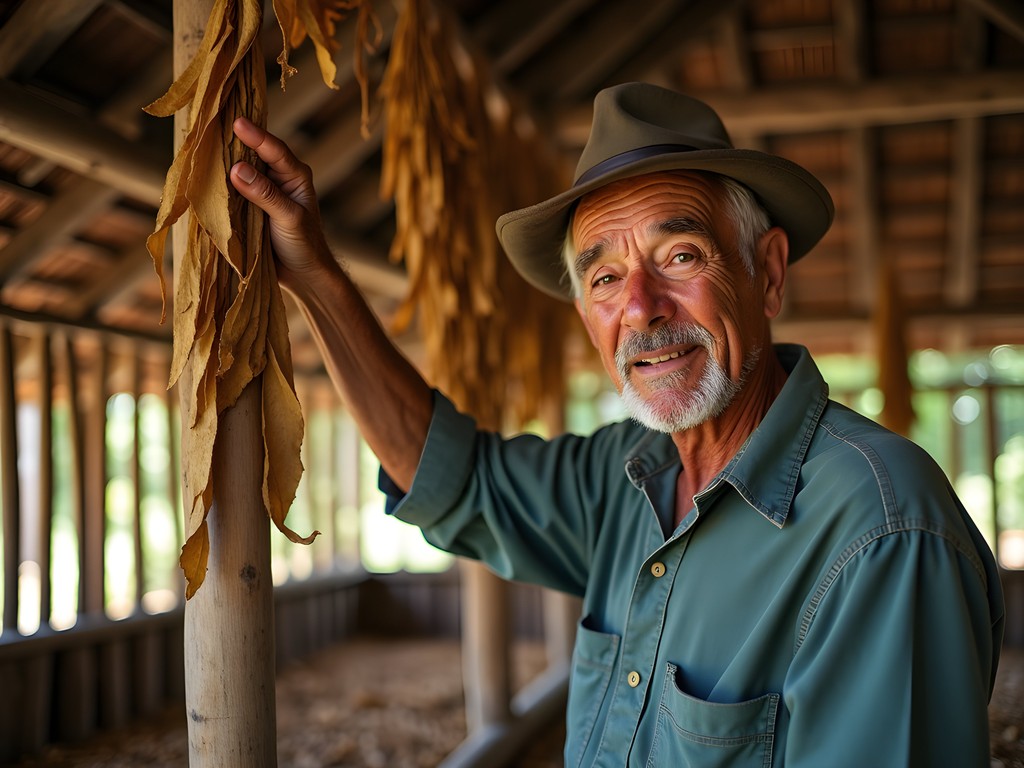
💡 Pro Tips
- Start hiking early (before 8am) to avoid the midday heat
- Bring at least 2 liters of water as refill options are limited on trails
- Ask permission before photographing local farmers or their properties
Conquering Mogote Caves: The Underground Collection
On day three, I tackled what became my favorite Viñales experience—exploring the extensive cave systems hidden within the mogotes. The Cueva del Indio (Indian Cave) is the most accessible and commercially developed, complete with an underground boat ride that feels like nature's version of the Venetian Hotel in Vegas. But venture further off the tourist circuit, and you'll discover caves that feel virtually untouched.
I hired a local guide named Carlos ($15 for a half-day) who took me to Cueva de Santo Tomás, Cuba's largest cave system spanning over 46km of underground passages. Before entering, I changed into my quick-dry hiking pants and laced up my waterproof hiking boots which proved essential as we waded through ankle-deep water in some sections.
The cave interior revealed nature's most exclusive installation art—stalactites and stalagmites forming sculptures that would look right at home in a high-concept Tokyo boutique. We navigated narrow passages that opened into cathedral-like chambers, our headlamps casting dramatic shadows across limestone formations shaped over millennia. The temperature drop was welcome after hiking in the Cuban humidity, creating that perfect microclimate that reminded me of precisely controlled department store environments (though with significantly more authentic character).
What struck me most was the textural diversity—from glassy, smooth formations that caught the light like sequins to rough, porous surfaces that resembled the most interesting sustainable textiles coming out of European design houses. At one point, Carlos extinguished all lights, plunging us into absolute darkness that felt like wearing the most luxurious black velvet blindfold. That moment of sensory recalibration was more impactful than any carefully orchestrated retail experience I've encountered.

💡 Pro Tips
- Hire a local guide for cave exploration—self-guided tours aren't permitted in many caves
- Pack a headlamp with fresh batteries rather than relying on your phone light
- Wear clothes you don't mind getting muddy and wet
Los Aquáticos Hike: Elevation with Perspective
The most challenging trek I undertook was to Los Aquáticos, a small community perched high in the mogotes whose residents historically believed in the healing properties of water. The trail ascends steeply through dense forest before opening to panoramic views that would make any Instagram fashion shoot location scout weep with joy.
I set out at 7am to beat both the heat and the crowds, equipped with my trekking poles which proved invaluable on the slippery limestone sections. The path winds through coffee plantations and pine forests before the serious climbing begins. Unlike the carefully calculated gradients of department store escalators, this trail follows nature's unpredictable incline—sometimes gentle, sometimes demanding every bit of your leg strength.
About two hours in, drenched in sweat but energized by the challenge, I reached a viewpoint that delivered the valley's most spectacular perspective. The landscape unfolded like an expertly draped fabric, with mogotes creating a textural topography that no designer could replicate. I sat on a limestone outcropping, sipping water and snacking on mango I'd purchased from a roadside stand, thinking about how this moment—this authentic connection with place—was the true luxury my fast-paced retail career often lacks.
The descent offered different but equally rewarding views, with the afternoon light casting longer shadows across the valley floor. I passed a local farmer leading his horse along the narrow trail, both of them navigating the terrain with the kind of effortless confidence that comes from daily familiarity. He nodded in greeting, his weathered face showing mild amusement at my high-tech hiking gear—a humbling reminder that sometimes the most functional 'designs' are the most basic and time-tested.

💡 Pro Tips
- Start this hike early as there's minimal shade on much of the trail
- Bring cash to purchase fresh fruit and coffee from residents near the summit
- The final section before Los Aquáticos is the steepest—save some energy for it
Sustainable Tourism: The Slow Fashion of Travel
Working in retail has made me increasingly conscious of sustainability issues, and this awareness extends to how I travel. Viñales offered a masterclass in what sustainable tourism can look like—locally-owned accommodations, farm-to-table dining, and an economy that preserves traditional practices rather than replacing them with generic tourist experiences.
I ate most meals at my casa particular or at paladares (family-run restaurants) where ingredients came from nearby farms. At Finca Agroecológica El Paraiso, I enjoyed their famous farm-to-table feast with spectacular valley views. The presentation lacked the precision of fine dining establishments in fashion capitals, but the freshness and authenticity created a luxury experience of a different kind—one centered on connection rather than pretense.
The community's approach to tourism reminded me of the slow fashion movement—prioritizing quality over quantity, traditional techniques over mass production. Local guides emphasized leave-no-trace principles and limited group sizes to minimize environmental impact. When I mentioned my work in retail to my hiking guide, he drew interesting parallels between preserving traditional tobacco farming methods and the movement to protect artisanal craftsmanship in the fashion industry.
What struck me most was how the valley's UNESCO status has helped create a tourism model that enhances rather than exploits local culture. Unlike some destinations where traditional practices become performative shows for visitors, the tobacco farming, coffee growing, and rural lifestyle in Viñales remain authentic working traditions. As someone who spends his career distinguishing between authentic craftsmanship and marketing narratives, I found this refreshingly genuine.
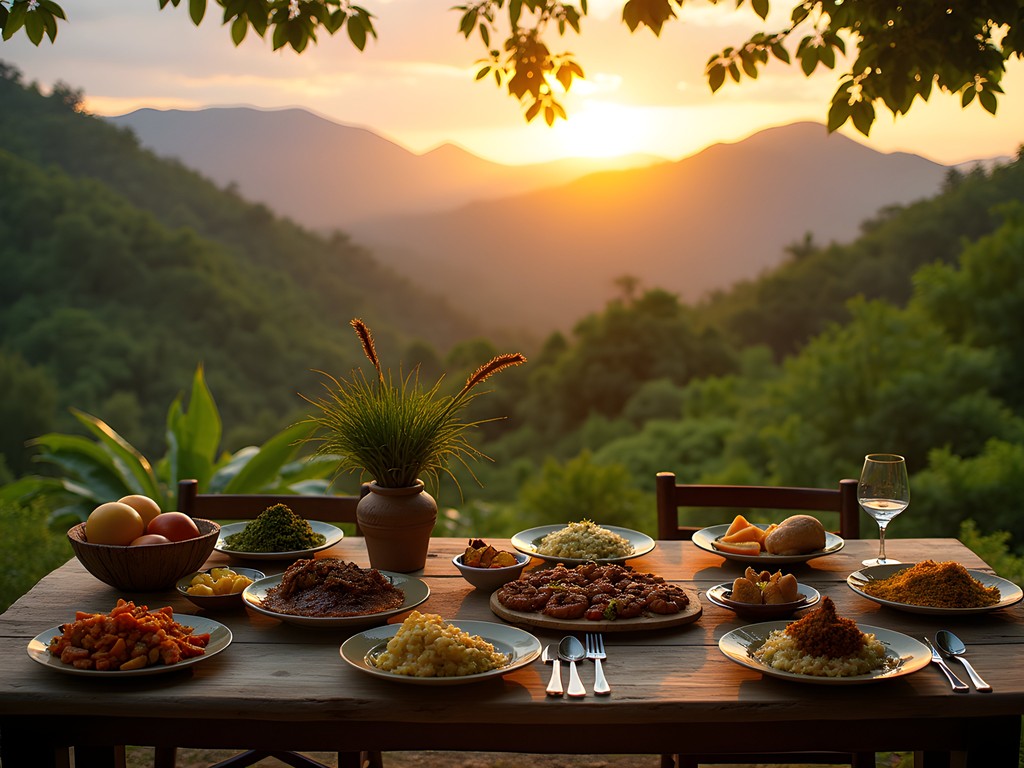
💡 Pro Tips
- Support local businesses by eating at paladares instead of government-run restaurants
- Book tours directly through casa hosts rather than large agencies in Havana
- Learn basic Spanish phrases—locals appreciate the effort and you'll have more meaningful interactions
Final Thoughts
As I boarded my collectivo taxi back to Havana, tobacco dust still clinging to my hiking boots, I reflected on how Viñales had reset my perspective. In an industry obsessed with the next trend, the valley reminded me that the most timeless designs are often found in nature, and the most authentic luxury experiences come from genuine connection rather than curated consumption. The mogotes will continue their slow evolution long after fashion seasons come and go. Whether you're escaping the pressure of retail deadlines like me or simply seeking an adventure that balances physical challenge with cultural immersion, Viñales delivers with an authenticity no marketing campaign could fabricate. Pack those hiking boots, bring your sense of wonder, and discover why this valley deserves a spot on your travel collection—it's one adventure that will never go out of style.
✨ Key Takeaways
- Viñales offers world-class hiking with minimal crowds compared to other UNESCO sites
- Staying in casas particulares provides the best value and most authentic experience
- Winter months (December-February) offer ideal hiking conditions with cooler temperatures
- Local guides enhance the experience by sharing cultural context and accessing hidden spots
📋 Practical Information
Best Time to Visit
November through March (dry season)
Budget Estimate
$40-60 per day including accommodation, food and activities
Recommended Duration
4-7 days
Difficulty Level
Moderate
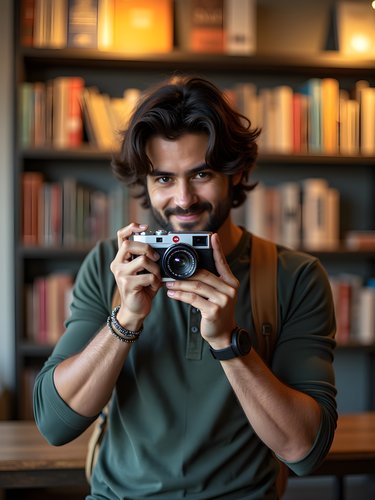
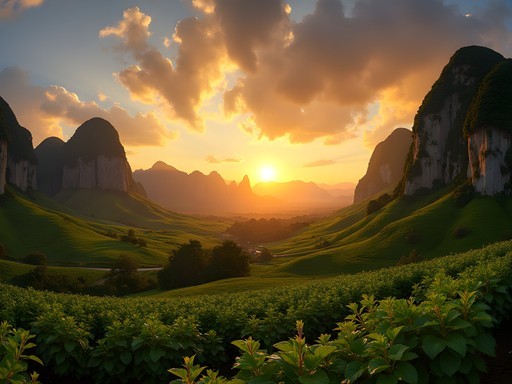
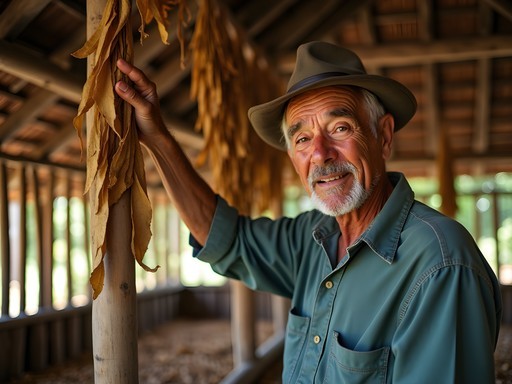
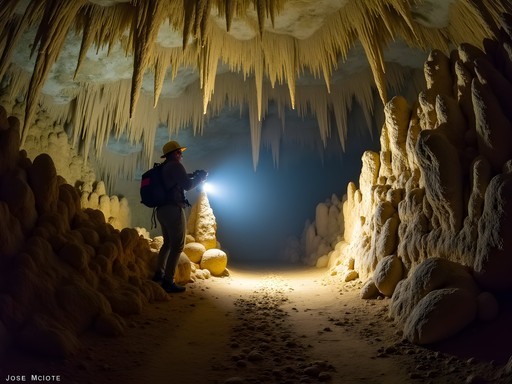
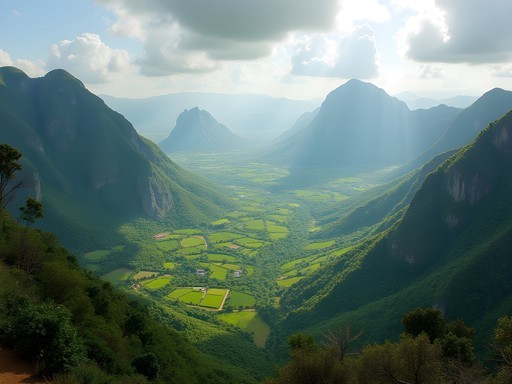
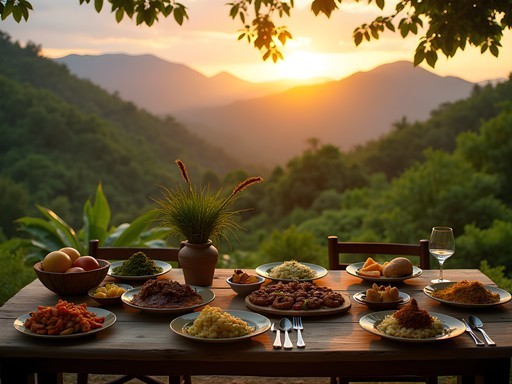


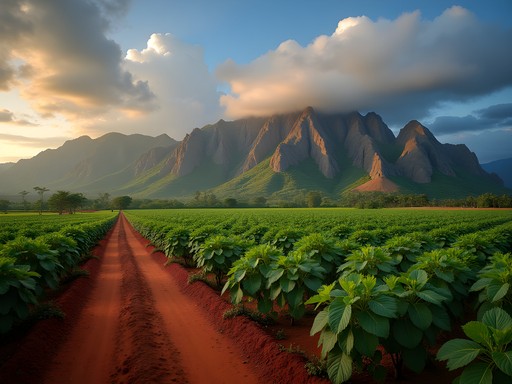
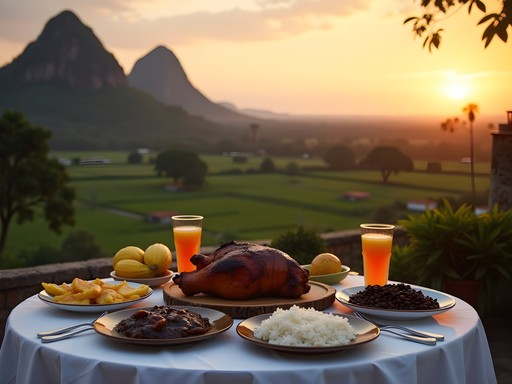





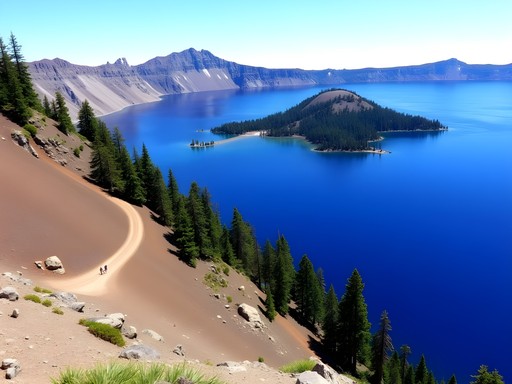
Comments
Hunter Thompson
Mate, this post takes me right back to my Viñales trip last year! That Valley of Silence hike is absolutely magical at sunrise - worth the early wake-up call. I found hiring a local guide made all the difference, especially for finding those hidden tobacco farms where you can see the authentic cigar-rolling process. One tip for anyone heading there: the collectivos can get packed during high season, so I'd recommend booking your return to Havana at least a day in advance. I used my hiking shoes and they were perfect for the terrain - mix of muddy paths and limestone rocks. Did you get a chance to visit the prehistoric mural on the cliff face? Bit touristy but the views from there are incredible!
Jose McDonald
Thanks Hunter! I did see the mural - honestly thought it was a bit overrated, but you're right about the views being worth it. And good call on booking collectivos in advance. I nearly got stranded because I waited until the last minute!
redmaster
How much did you guys pay for guides? Trying to budget for my trip next month.
Hunter Thompson
I paid about 25 CUC (roughly $25) for a half-day with a local guide. Totally worth it for the insider knowledge!
redmaster
Those mogote caves look amazing! Did you need special gear for exploring them?
Jose McDonald
Just sturdy shoes and a headlamp! The caves I visited were fairly accessible, but some of the deeper ones might require a guide and more equipment.
redmaster
Thanks! Adding a headlamp to my packing list now.
TravelingTeacher
Thanks for sharing! Going there next month, can't wait!
redwanderer
Going to Cuba in November! How difficult was the transportation from Havana to Viñales? Would you recommend staying overnight?
skynomad
Not the author but I took a collectivo last year and it was super easy. Definitely stay at least 2 nights - one day isn't enough for all the hikes!
redwanderer
Thanks for the tip! Any casa particular recommendations?
skynomad
We stayed at Casa El Portico and loved it. Great breakfast and the hosts can arrange hiking guides. Make sure you pack good shoes though. I used my hiking shoes and they were perfect for the terrain.
Megan Martin
Jose, your fashion background really shows in how you've framed these landscapes! I visited Viñales last year and completely agree about the Valley of Silence hike - it's like nature's own runway. One tip for others planning to go: the guides at the visitor center are excellent, but book early in the day as the best ones get snapped up quickly. The tobacco farm tours were a highlight for me too. Did you get a chance to visit any of the coffee plantations while you were there? Also, I found the hike to Los Aquáticos challenging but worth every drop of sweat for those panoramic views!
redwanderer
Did you need a guide for all the hikes or can some be done independently?
Megan Martin
You can definitely do some independently, but I'd recommend a guide for the caves and Los Aquáticos at minimum. They know all the hidden spots and it helps support the local economy!
skynomad
Your photos of those mogotes are incredible! Makes me want to book a flight right now.
Megan Martin
Right? Jose really captured the texture and dimensions of those limestone formations. Almost like fashion photography but for landscapes!
skynomad
Exactly! That shot with the morning mist hanging over the valley is pure magic.
BackpackBuddy
We did the public transportation to Viñales too and it was actually pretty reliable. Just make sure to arrive at the Viazul station early to secure tickets. The locals were super friendly and helped us find our way around!
CaribbeanDreamer
How far in advance did you book your bus tickets?
BackpackBuddy
We booked just 2 days ahead at the station in Havana and had no issues. But if you're traveling during high season (Dec-March), maybe give it 3-4 days just to be safe!
wanderlegend
Any tips on dealing with the heat? Planning to visit in December but I hear it can still be pretty warm.
Jose McDonald
December is actually one of the best times to visit! Much more comfortable than summer. Early morning hikes are still best though - pack a light long-sleeve shirt for sun protection and plenty of water. The caves provide nice cool breaks during the day!
HavanaLover
Your photos are stunning! Especially that sunset over the mogotes!
SoloTravelQueen
Just got back from Viñales last week! Pro tip: bring a small daypack with plenty of water, snacks, and a rain jacket regardless of forecast. Weather changes quickly in the valley!
Venture X
Premium card with 2X miles, $300 travel credit, Priority Pass